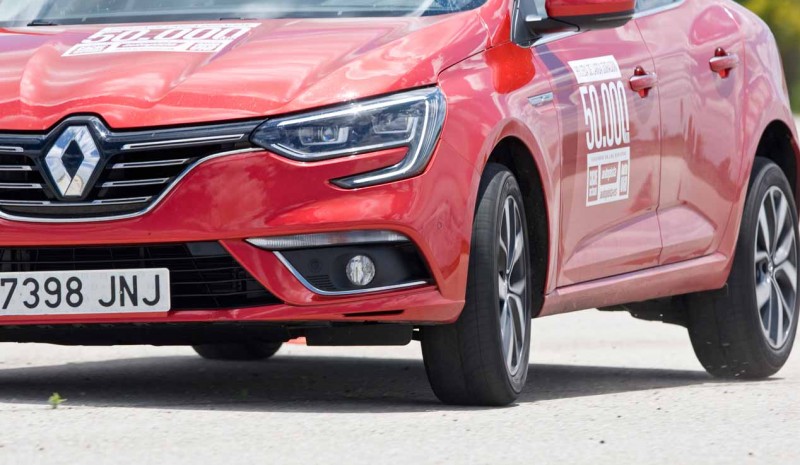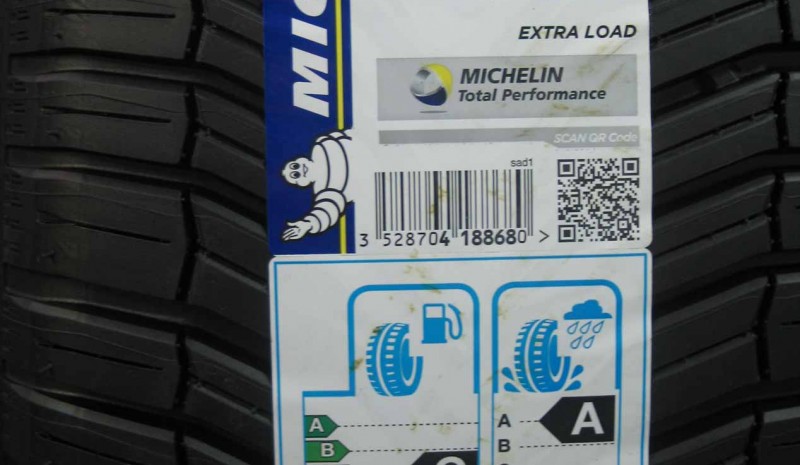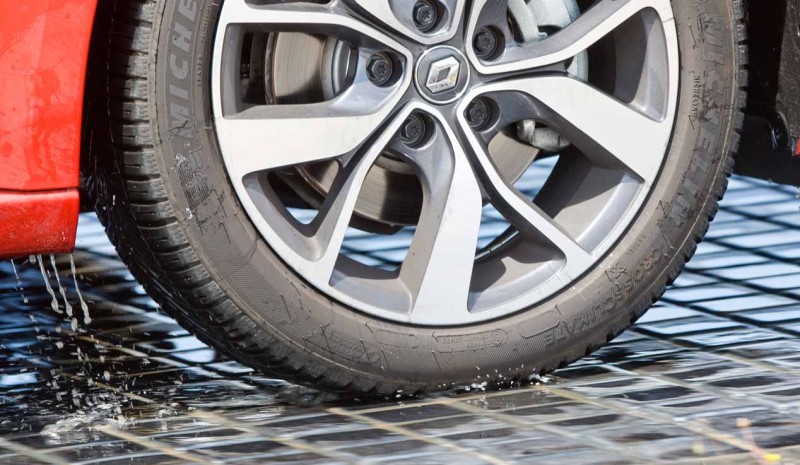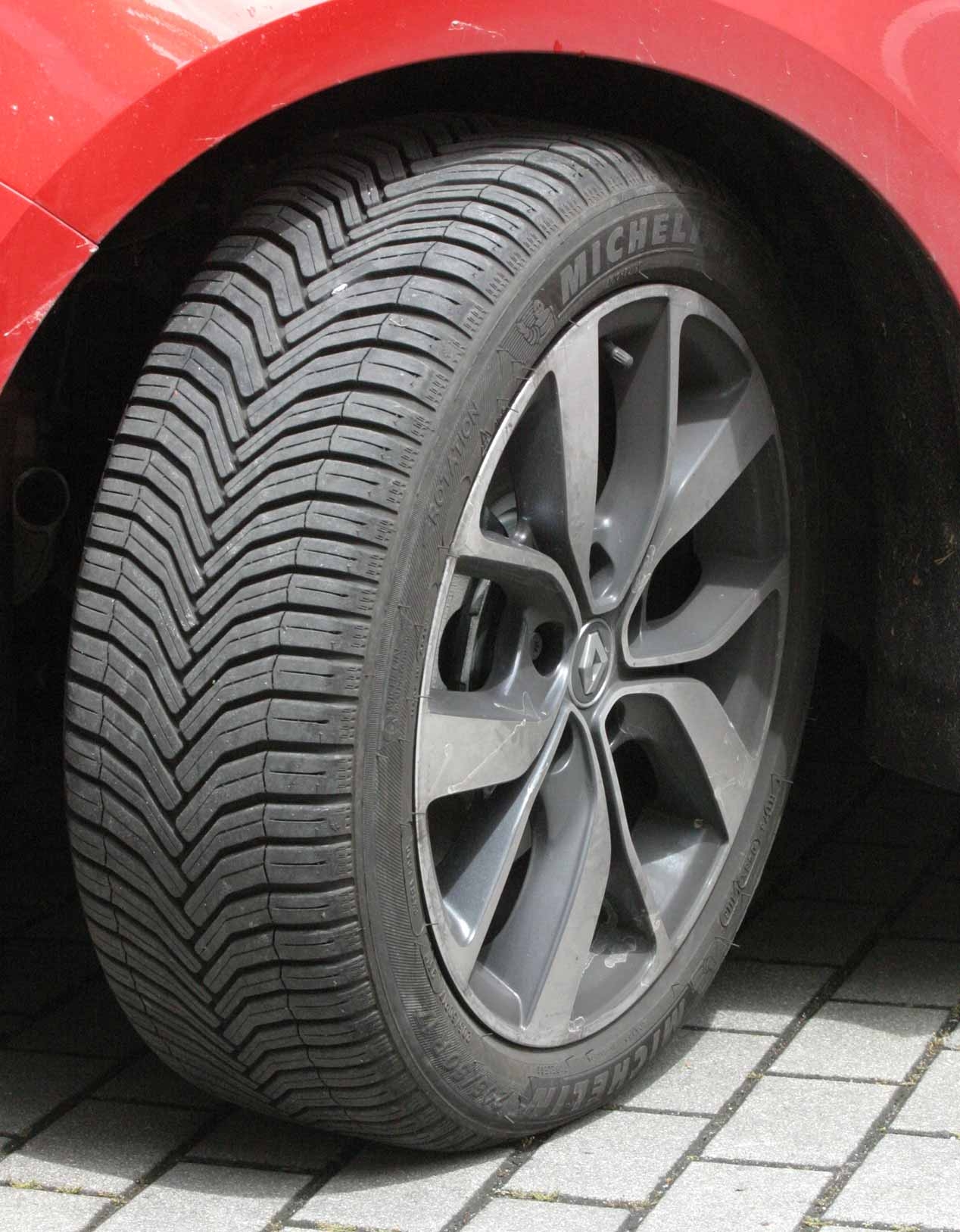Michelin tire CrossClimate: long-term test
In our long-term test the tires CrossClimate, over the kilometers has shown that Michelin has found the key. There is no perfect tire for all, but every time is closer.
Have passed 23.000 km since we started our long-term test with the Michelin tires CrossClimate in order to check whether all the benefits advertised are true. Due to its characteristics, it seems obvious that on slippery surfaces of any kind adherence would be much higher than that of a conventional summer tire. The main concern lay in both the durability with asphalts high temperature like in the gripping ability on dry pavements. The result has been more than satisfactory, with wear well below the best prognosis. It should be borne in mind that most of the city tour It has been performed on asphalt with high temperature, which makes it even more remarkable that currently keep about 50 percent of useful life.
 our measurements
our measurements
To stop Renault Megane 1.6 dCi riding the Michelin CrossClimate -205 / 50R17- use only 1.3 m more than the equivalent conventional tire, reduced figure and on the other hand is justified taking into account the capacity to evacuate water and snow from your tread allows driving on slippery roads safer. When we started testing the tread depth was 7.3 mm, and currently –23.000 km after– retains 4.5 mm on wheels that permute the rear axle 8.000 km, It is indicating that it will be possible to reach the figure of 40,000 km durability without reaching the legal limit 1.6 mm.
The subjective part is remarkable the lower drift offering these compared to traditional winter tires, allowing strong support and a similar agility providing a tire of the same brand as the Michelin Primacy 3. He only negative is its highest price, which can be offset by the convenience of not having to change tires type when winter arrives and ends. Since June have a variant intended for vehicles SUV.
our advice
In these Michelin tires CrossClimate, besides feature winter approval, It is not advisable to lose 2.0 mm deep tread if we want to maintain proper traction on any surface. Although the legal limit is 1.6 mm, the fact is that the more we approach this value more difficulty find the tire to work properly on any pavement. Another aspect to consider is that although the limit of adhesion is higher than expected, should not be used thoroughly in fast areas not blow their flanks, somewhat weaker and more flexible than conventional summer tires.
You may also like
7 Keys that will save money on tires
Tires and luggage, keys in car safety
Michelin CrossClimate: the specialist tire around
Pneumatic tires vs first mark low cost




